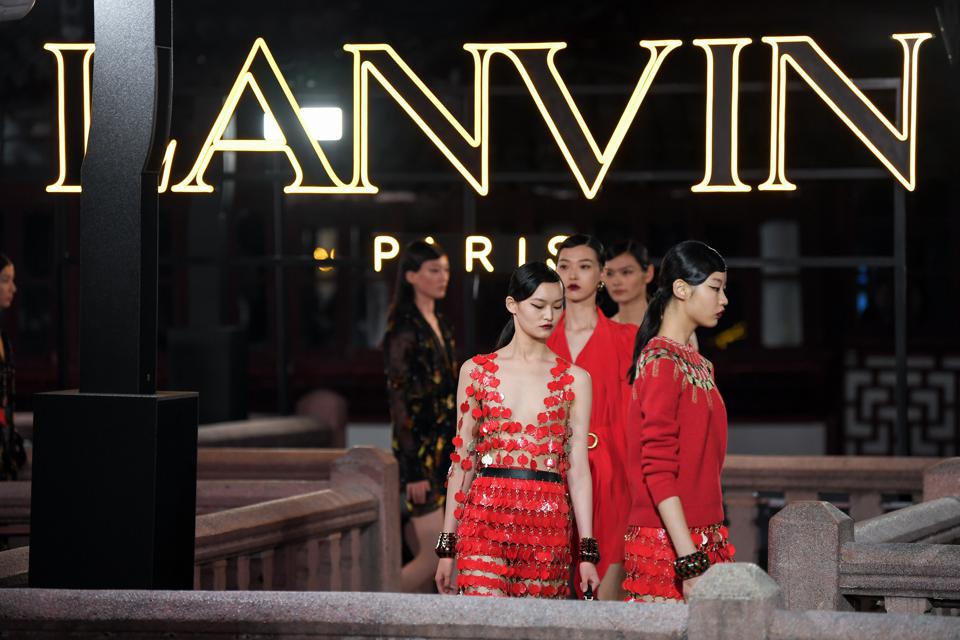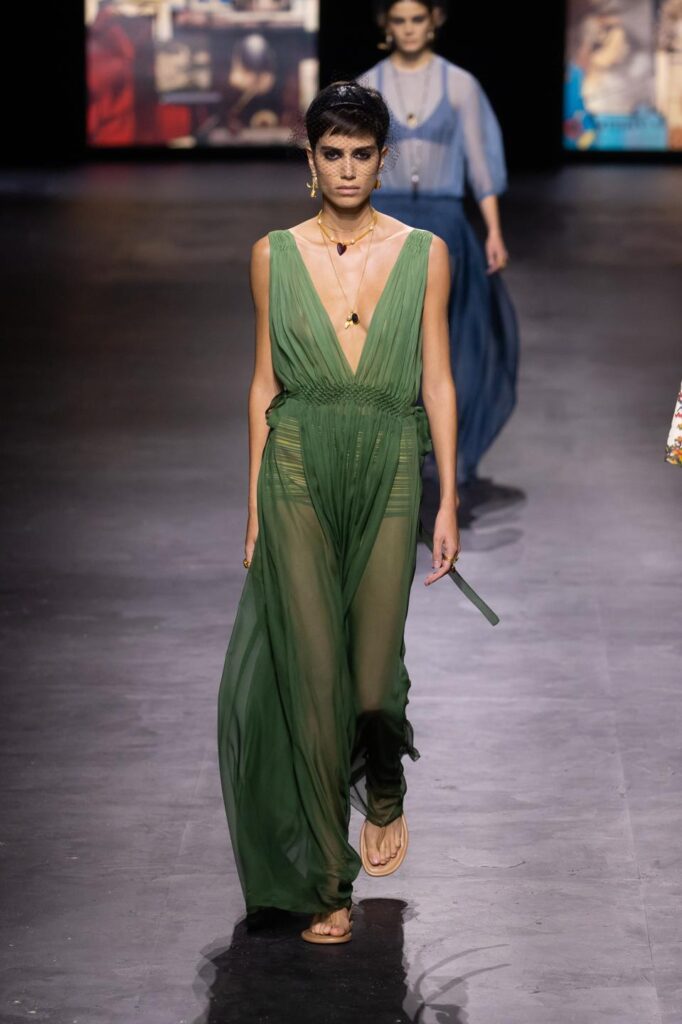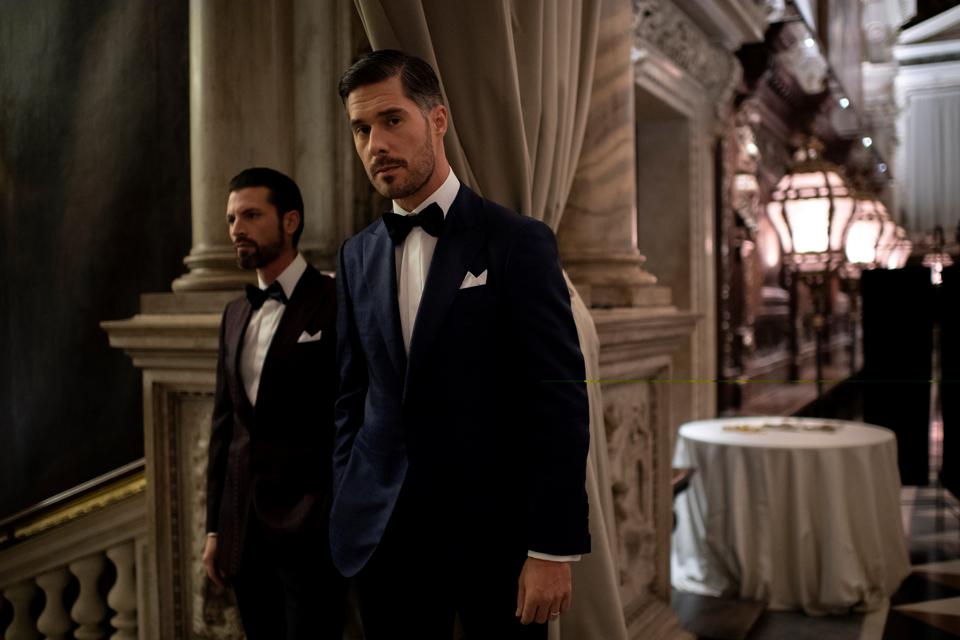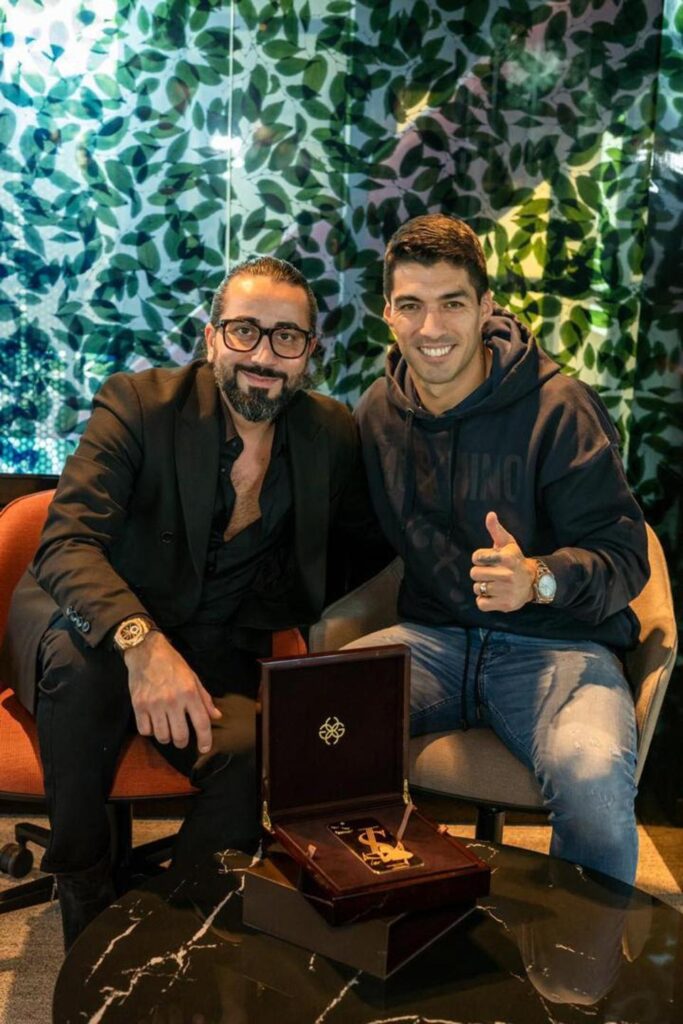The Perfect Balance: How Luxury Brands Can Maintain Exclusivity And Still Be Relatable Online – Forbes

|
Getting your Trinity Audio player ready...
|
SOURCE: Joseph DeAcetis | Forbes
It’s exquisite, it’s expensive and it’s exclusive. These values confer luxury status on a brand. These same values ensure that they stay relevant and in high-demand by consumers.
If you take away the exclusivity and the rarity, then luxury brands would lose their luster – so to speak. The reason consumers are willing to spend on diamonds and other exotic stones is because of their scarcity, and exclusivity. This is the fundamental foundation upon which the entire idea of luxury is based upon. In short, luxury is when someone owns something very exclusive or very rare.
Prior to the present time, accessing luxury brands was a not as easy as it is today. In fact, many consumers were unaware that how to find rare and exclusive products.
In a report titled “Has Luxury Gone too Mass?”, Business of Fashion asserts that ‘indeed, the world’s leading luxury fashion brands such as Gucci, Louis Vuitton, Dior, and Chanel, attained strong financial results by creating iconic products at high price points. These high price points were paired with elaborate marketing campaigns that were designed to emit an aura of perceived exclusivity when compared to lower-priced products.’ With this, they sold high volumes of product they had to aspirational consumers.

A model walks the runway during the Dior Womenswear Spring/Summer 2021
show as part of Paris Fashion Week on September 29, 2020 in Paris, France.
Photo by Victor Boyko | Getty Images.
The report also states that finding the balance between digital advertising while simultaneously maintaining that exclusivity is a delicate art, one that requires tact and a pinch of science.
What changed?
Every brand, albeit luxury, or not, wishes to grow. It would be difficult for any industry to survive without sales and revenue growth. In recent years, the luxury fashion industry has seen a few modified brands join the ranks. This is a welcome development as it proves industry is growing. Nevertheless, with fresh companies entering the marketplace, comes an increase in competition for both brand awareness and consumer activity.
Upon reviewing this from a consumer point-of-view, it proves that this as a fantastic development in business. At present, aspirational consumers can choose from added options, pushing respective luxury brands even further along on the path to competition. More to the point, the brand that offers the highest exclusivity, better pricing, and perhaps a better luxurious experience altogether; wins the day.
Due to the fact that we are living in a time where visibility matters most, and the flip side is that competition and growth (within the luxury industry) is forcing brands to find new ways of developing creative brand awareness.
The industry has seen a great shift in moving from brick & mortar stores to e-commerce— taking their products online. However, many believe that this poses a threat to the exclusivity status.
“With more and more options on the market, luxury brands have to reinvent themselves to maintain their status of rarity and access to a privileged life, the cornerstones of luxury products. This can be achieved through state-of-the-art technological upgrades that provide tangible value for customers as well as a highly unique and privileged experience,” says Mario Medved, a partner at the New York-based venture capital fund SprintVC.
“Take the luxury car manufacturer Bugatti, for example. The brand that has been known for decades for fast cars and high fuel bills is now reported to be on the verge of producing electric supercars under European Tesla competitor Rimac. A similar project was already completed with Koenigsegg’s Regera model.” SprintVC, which offers investments of up to $30 million to start-ups and SMEs, helps businesses grow by not only providing the necessary capital but also using its extensive network of high-tech factories to take both product and operations to the next level.
Luxury brands and digital access
Compared to mass produced fashion brands, luxury brands were slow to adopt digital media. Years ago, I recall having met with bespoke suiting brands such as Stefano Ricci about how a high-end tailored suit could not be purchased online. Their reasons were obvious and valid.

Models pose prior to the presentation of Italy’s iconic Florence-based fashion house
Stefano Ricci’s preview of its Fall/Winter 2021 collection at Scuola Grade di San Rocco in
Venice, Northern Italy, on November 12, 2019. Photo by Marco Bertorello | AFP via Getty Images
It is challenging to remain exclusive while being displayed on the world-wide-web.
Adapting to digital media meant that luxury vendors had to comply to digital media platforms or lead relatable innovation in how things are done online. Whichever the case, more people were bound to see their products and in a sense, reduce the exclusivity of their brands and product offerings.
The latter was not necessarily the case, instead, being online has helped to improve the brand image and reach of luxury brands. According to Paurav Shukla, Professor of luxury brand marketing at Glasgow Caledonian University, “[Online] these aspiring classes that didn’t have the means to travel or the knowledge of [luxury] now have access to it.” Digital technology has permitted luxury brands to be able to reach more of their specific target audience, achieve more sales and brand loyalty—all without having to reduce the quality of their product offerings.
The prices of luxury products have also not been hit by joining online media. Reports exist to prove that as luxury brands embraced digital tools like e-commerce websites and social media marketing, their revenues increased. According to a 2015 report by McKinsey & Company, around three in four luxury sales are influenced by at least one digital touchpoint.
The key for luxury brands in the digital age is to take advantage of digital tools and lead innovation in the space through creativity and emphasis on creating luxury experiences for her customers.
Luxury brands and seamless payment integration
For luxury brands to continue to thrive and maintain that element of mystery, they have to ensure that their processes and systems are seamlessly flawless. If people are going to pay heavy sums for luxury products, they deserve to get an experience that regular brands cannot offer.
One such key experience is all-around convenience. Luxury brands must avoid bottlenecks as much as possible by using tools and taking advantage of technology to ensure that their aspirational customers get the best of services. Integrating a seamless payment systems like blockchain is one way they can achieve this.
Tech brand ENCRY, an advanced blockchain, and cyber-security holding company, make payment for luxury shopping seamless by integrating options such as crypto for both online and in-store purchases. The goal of the brand is to make decentralized solutions and services accessible for everyone regardless of experience and background in the field of distributed technologies.
According to serial entrepreneur and founder of ENCRY Foundation, who is an expert in the field of information technologies and telecommunications, Roman Nekrasov, “The ENCRY ecosystem is more than just blockchain technology. It is about changing the entire world wide web and its application to daily living. Our products are designed to create a seamless and secure experience for users.”
Another luxury brand that’s doing impressive work in giving their brand a digital presence and ensuring a seamless product delivery is Golden Concept. Founded by Puia Shamsossadati, Golden Concept’s products range from customizable iPhones and Apple accessories in exclusive materials, to sunglasses, leather accessories, sneakers, and the most recent addition: Apple Watch Cases.
I had a rather unique interview with Puia Shamsossadati, Founder and CEO of Golden Concept In Collaboration with Luis Suarez to find out more about his company: Golden Concept and see how they could navigate through the many hurdles of making payment easy to customers worldwide and remaining relevant in the luxury brand space.

Puia Shamsossadati, Founder and CEO of Golden Concept in collaboration with Luis Suarez.
Photo by Golden Concept.
Joseph DeAcetis: What was your inspiration to go into the Luxury brand space and what inspired your current product line-up?
Puia Shamsossadati: I was unable to find phones and accessories that lived up to my expectations, which made me realize there was a gap in the market for luxurious and customizable tech products. That’s how Golden Concept was born, and it didn’t take long before we were delivering customizable phones and accessories in 24K gold to artists, royalties, sports stars, and business people all over the globe. Our brand keeps evolving, and the most recent addition to our range is exclusive Apple Watch Cases.
Joseph DeAcetis: With how popular the Luxury Brand space is becoming, what will you say is the marketing strategy you’ve implemented to maintain your “luxury brand” status and set yourself apart from the competition presently and in the long run.
Puia Shamsossadati: We have a close collaboration with several celebrities and work strategically with product placement. When people like Neymar, Cristiano Ronaldo, and the Kardashians use our products, they become very visible. Especially since your phone is an item that you carry with you at all times. This strategy has given our brand a lot of exposure in the circles of our target audience. We also do design collaborations with interesting people. In one of our most recent collabs we created a beautiful product line together with Luis Suárez, that he also helped us market through his channels.
Joseph DeAcetis: Integrating payment and product delivery for customers in third-world countries is something many luxury brands struggle with. What are some drawbacks you’ve faced in trying to make payment and product delivery seamless, and how did you overcome them.
Puia Shamsossadati: In some emerging markets, like India, our products are very popular, and these markets are growing quickly. But in India and some other countries, there is a cap on online payments, making it difficult to pay for high-ticket items. We mitigate this by offering payment plans in countries where this is the case. One problem we face is that some countries, for example, India and Brazil, have very high import taxes. That makes our products more expensive for customers in these areas, which is unfortunate.
The future looks promising for luxury brands and they seem to be doing well in finding a balance between being online and maintaining exclusivity globally, including Africa. In fact, according to a report, even with a 58% decrease in income in the past two years, some African leaders are buying luxury properties in foreign countries. Being online has allowed luxury brands to reach their customers even in the most unlikely places while their exclusivity status remains largely unstained.
This article was originally published on Forbes. You can view the original article at https://www.forbes.com/sites/josephdeacetis/2020/10/24/the-perfect-balance-how-luxury-brands-can-maintain-exclusivity-and-still-be-relatable-online/#77c6c4477e44

